For new drivers, navigating snow-covered roads can be an intimidating experience. Even the most seasoned drivers need to exercise additional caution when dealing with slick surfaces and reduced visibility. By following these 12 winter driving tips, you can feel more confident and stay safe while driving in snowy conditions.
1. Warm-up Your Car/Automobile Before Driving
Allow your car a few minutes to warm up before driving off, especially if it was parked outside overnight. Let the engine idle for 30-60 seconds, which allows the engine to reach optimal operating temperature. The defrosters will also have time to clear frost and fog from the windshield. This improves visibility and ensures your vehicle runs smoothly.
2. Upscale the 3-4 Second Rule (keep extra distance from the next car)
Stay at least 6-8 seconds behind the vehicle ahead of you, rather than the typical 3-4 seconds of following distance. This expanded gap gives you extra time to react and brake gradually on snowy roads. Check your rearview mirror frequently to monitor the distance between you and the car behind you as well.
3. If You Start to Slide, Steer into the Skid
Losing control of your vehicle is among the greatest worries when traveling on slick roads. Thus, knowing how to react in this common winter driving situation is key. Firstly, stay calm and avoid slamming on breaks. If you begin to slide on snow or ice, the rule of thumb is to "steer into the skid." To do so, take your foot off the gas/brake, and turn your wheel in the direction that the back of your vehicle is skidding towards. As your vehicle corrects, you may need to turn your wheel in the opposite direction to get it back on your desired path.
4. Stay Aware of Other Drivers
Beyond monitoring your own car, it's important to be conscious of what other vehicles around you are doing. Check your rearview mirror often, especially when adjusting your speed. Whenever possible, accelerate and decelerate gradually to prevent a rear-end collision. If you notice another car skidding close to your vehicle, consider steering to distance yourself from them—so long as you have enough space to do so safely.
5. Carry an Emergency Kit
Having a winter emergency kit in your car will help you be prepared while traveling. This includes a portable jump starter, a tire inflator, and flashlights, to name a few. Check out this comprehensive Quora post about the most pertinent accessories.
6. Carry a Portable Jump Starter
In the olden days, people used to keep a pair of jumper cables in their trunks, especially if the battery is more than three years old. If you turn your keys and nothing happens, you would have to ask for a jump from a friend, relative, or passing driver. But that is extremely unsafe and unreliable during snow and harsh weather, especially in the middle of nowhere. if you had a portable jump starter, then you’d be self-sufficient. With such a nifty device, you don’t need a second person to give you a hand – so midnights are no worries, nor are stranded highways! The one I use is the T8 Max (which works as a flashlight as well and is crucial during winter). I got it off a bargain during Thanksgiving. There are often sales and discounts, so if you don’t have one, you may consider getting one.
7. Stay Alert and Avoid Cruise Control
Do not drive distracted. Safe driving in snow means paying attention to your surroundings, not to your phone or radio. Additionally, using cruise control while driving in snow or on ice could lead to an accident, quickly. Keep the cruise control off while driving in winter conditions.
8. Check the Weather and Plan your Route Ahead of Time
Checking the weather ahead of your trip could save you a lot of trouble while you’re out on the road in the winter. While it’s a good driving tip to map out your route before you leave the house, it’s even more important during the colder months.
9. Don’t Accelerate to Avoid Risky Situations
Driving at a slower speed is ideal in all circumstances, especially in snowy conditions. The speed limit shown is the maximum speed under ideal conditions. It is safer to drive below the posted speed in heavy snow, snowstorms, and icy and snowy conditions. Keep your vehicle in 1st or 2nd gear on snow or ice, giving you more control as a lower gear keeps your car moving slower and gives the tires more traction.
10. Recommended Speeds
Consider half the posted speed limit a prudent maximum in snowy conditions. At 60 mph, strive for around 30 mph. Allow ample time to reach your destination driving at these conservative velocities.
11. Clear Ice off Your Vehicle
For an uninterrupted view out of your windows, make sure all ice and snow are cleared before driving. It is not advised to use hot water over your car to defrost it, as it could cause damage. Instead, make use of a good quality ice scraper, or de-icer, or use a homemade spray made up of easily-bought ingredients to clean ice off your windscreen, such as rubbing alcohol mixed with water.
12. A Difference in Approaching Manual and Automatic Gears in the Snow
With an automatic car, you have less input on the car's controls, but some automatics have a winter mode that changes the gearbox's shift pattern. In older automatic cars, there is an L and 2 on the gearshift; put the car in 2. Alternatively, if your automatic has a manual option, select 2nd to pull away in for more traction. Manual cars give the driver more control, and it is recommended to stay in 1st or 2nd gear in snowy conditions.
Concluding Remarks
By taking it slow, equipping your vehicle properly, adjusting your driving technique, and actively focusing on safe winter driving habits, you can feel more confident navigating roads during snowfall. Prioritizing caution and safety above all else will help every new driver travel smoothly through winter wonderlands.

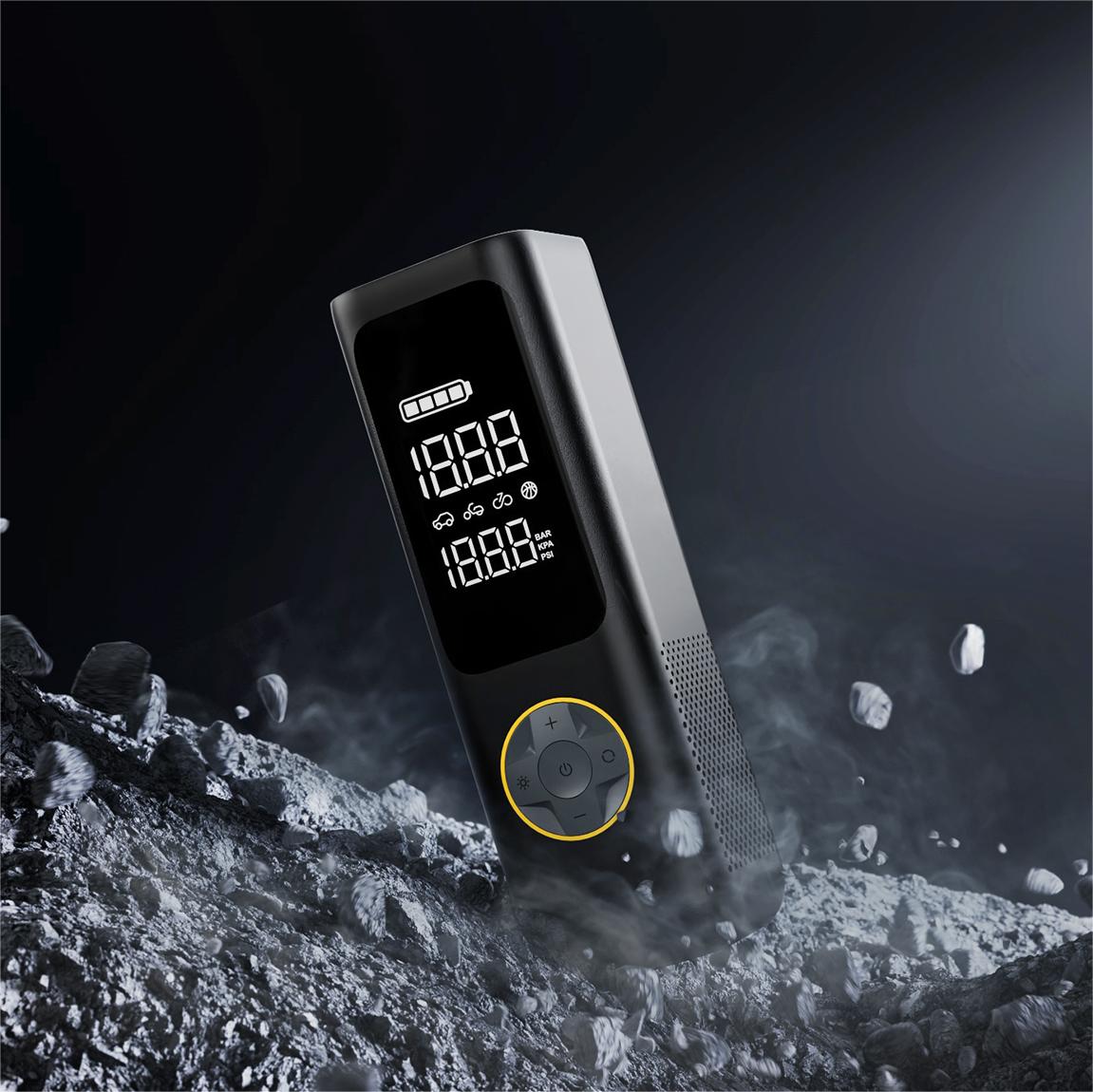

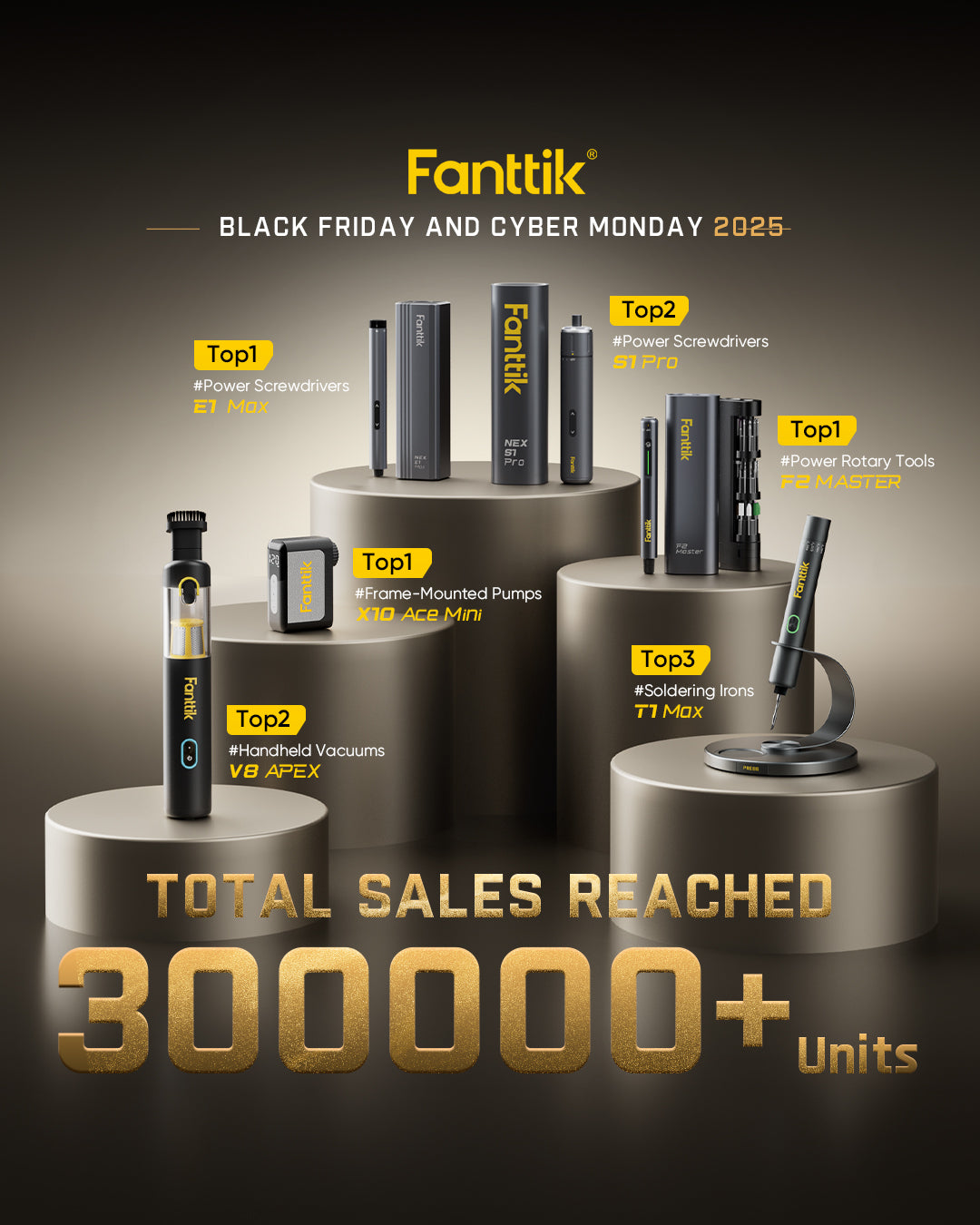


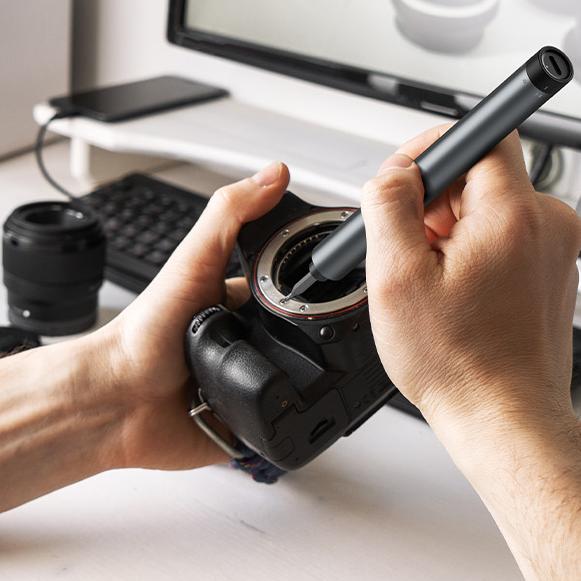

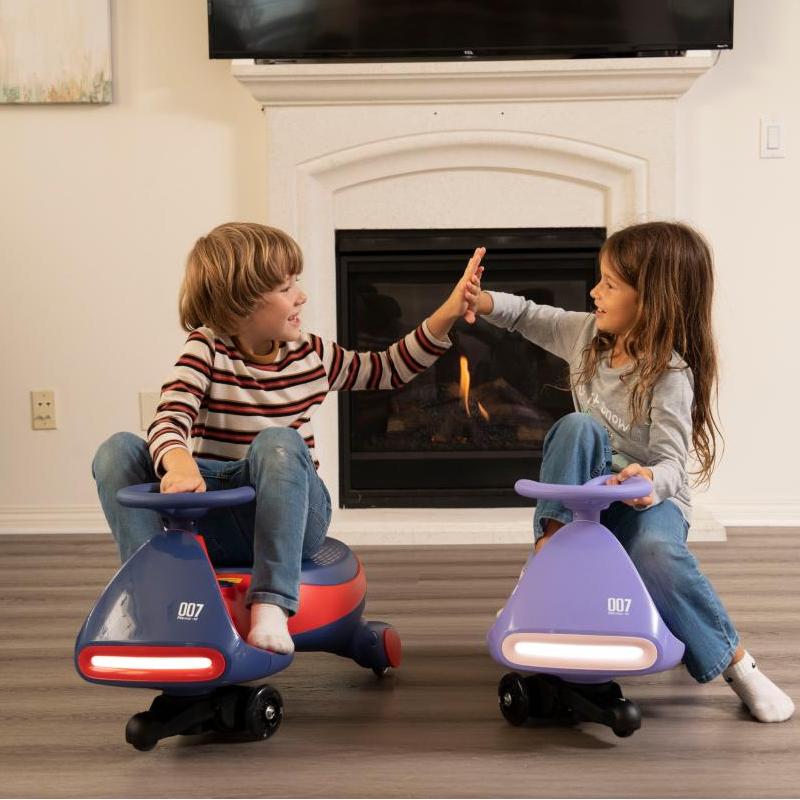
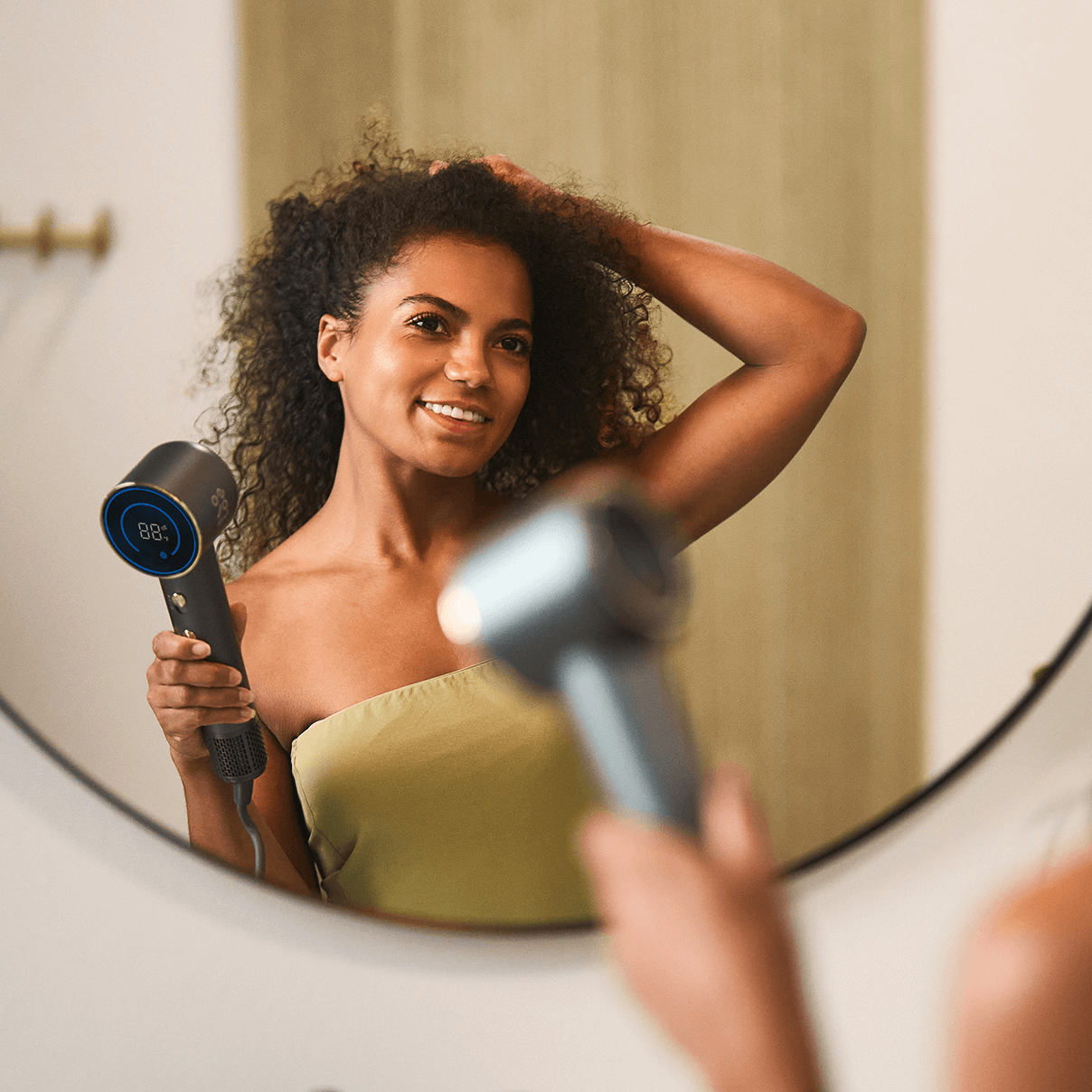
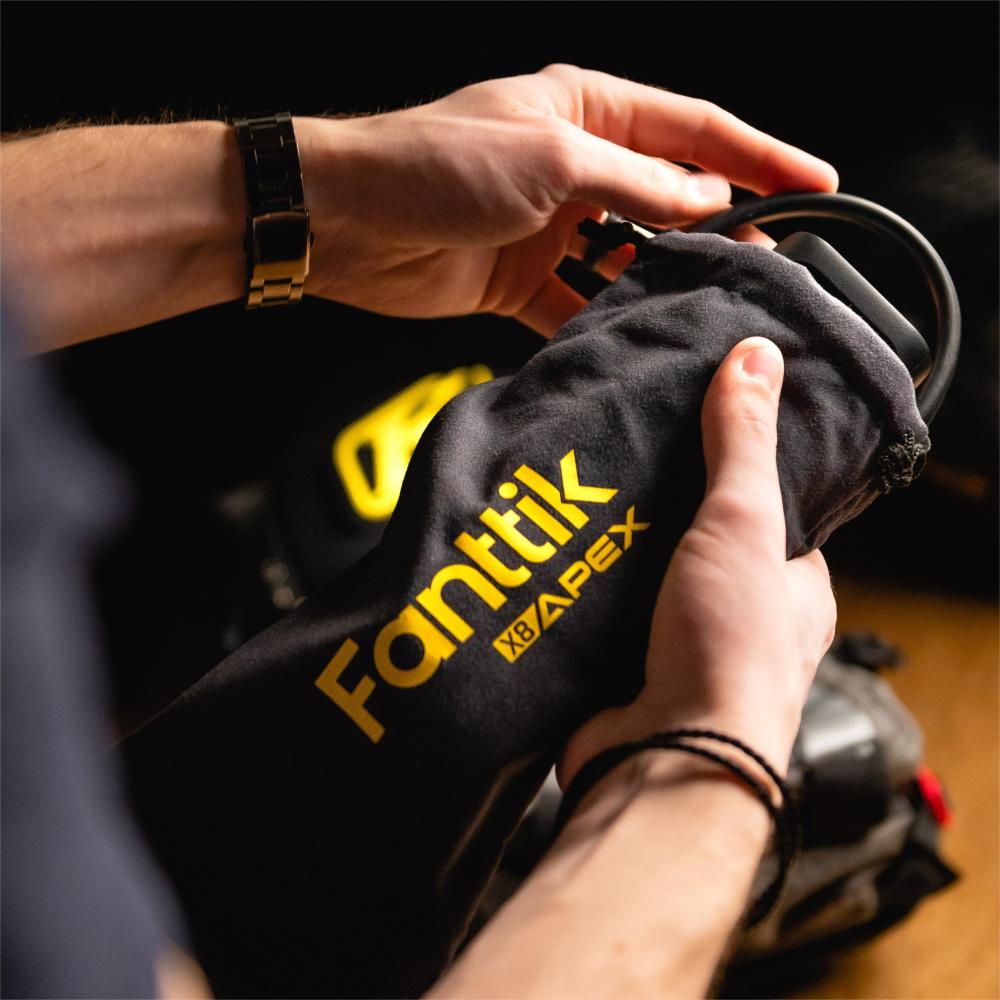

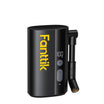
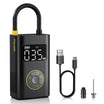

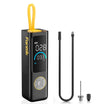
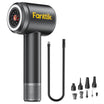
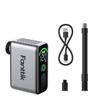
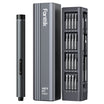
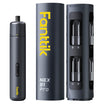

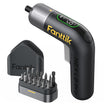
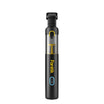
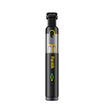
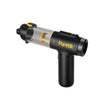
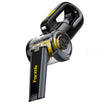
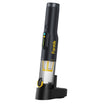
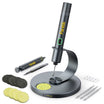
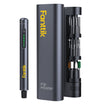
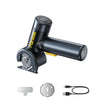
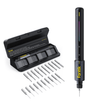
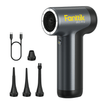
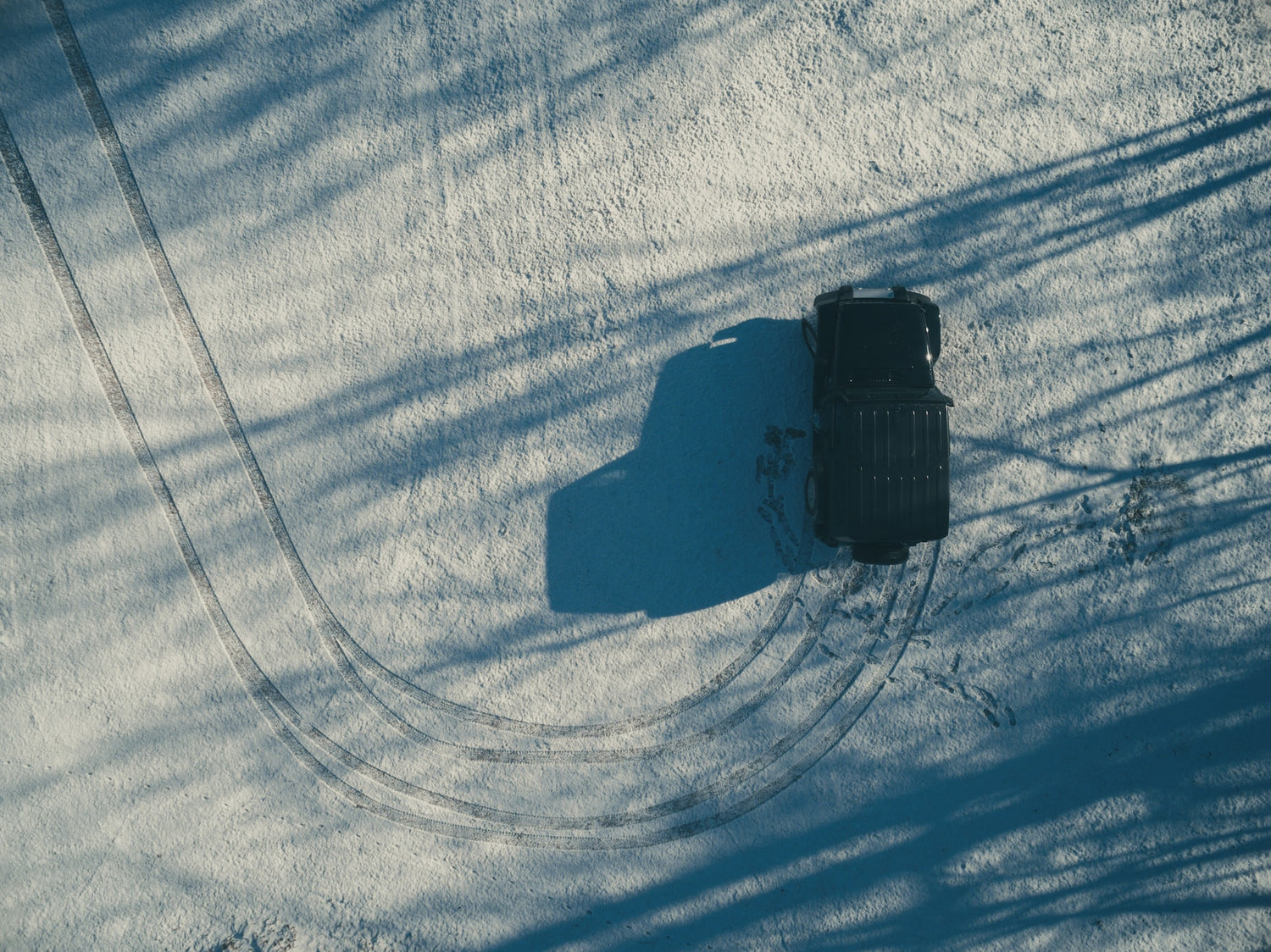


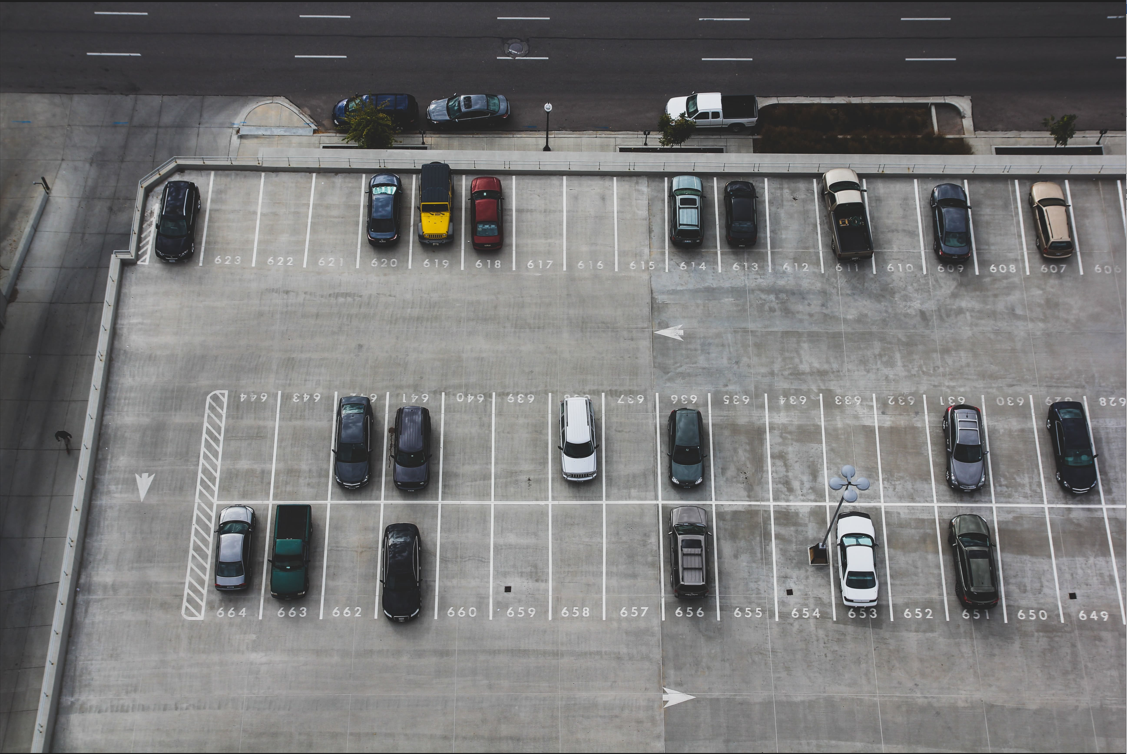
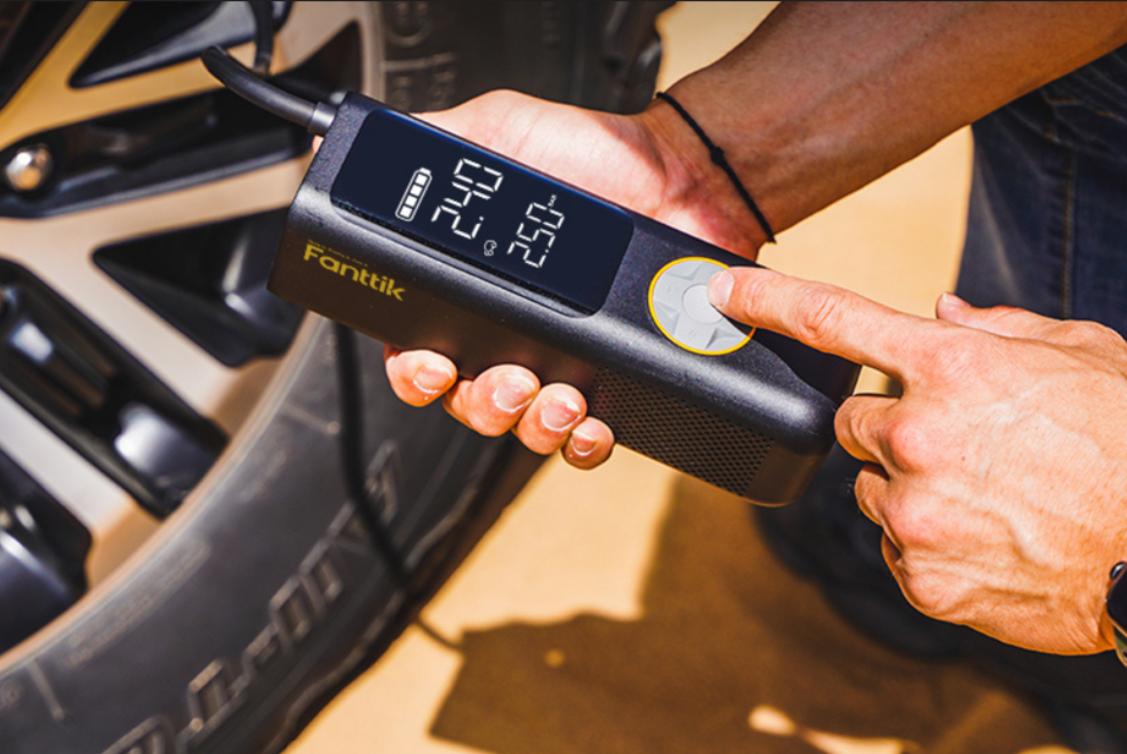
Leave a comment
This site is protected by hCaptcha and the hCaptcha Privacy Policy and Terms of Service apply.